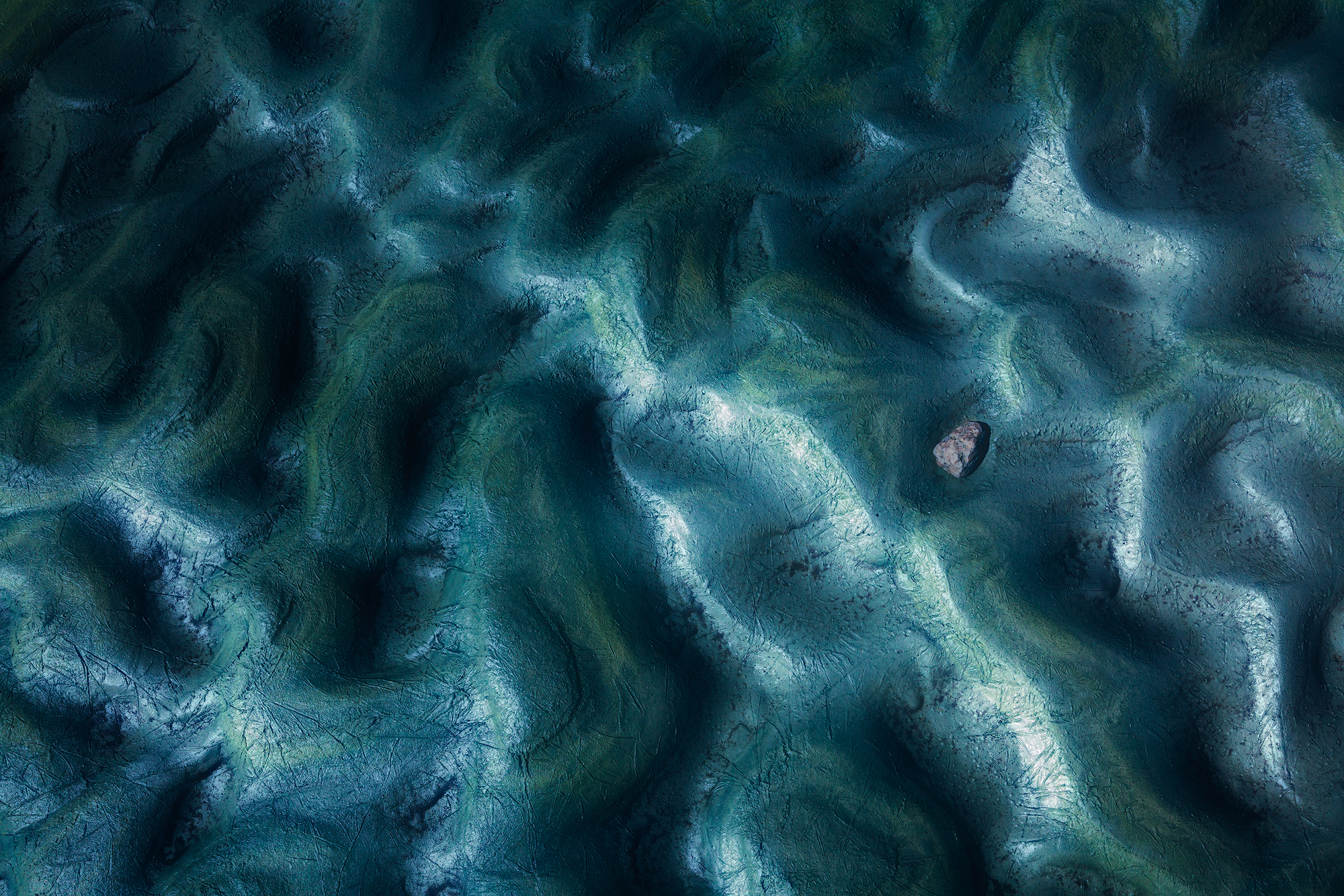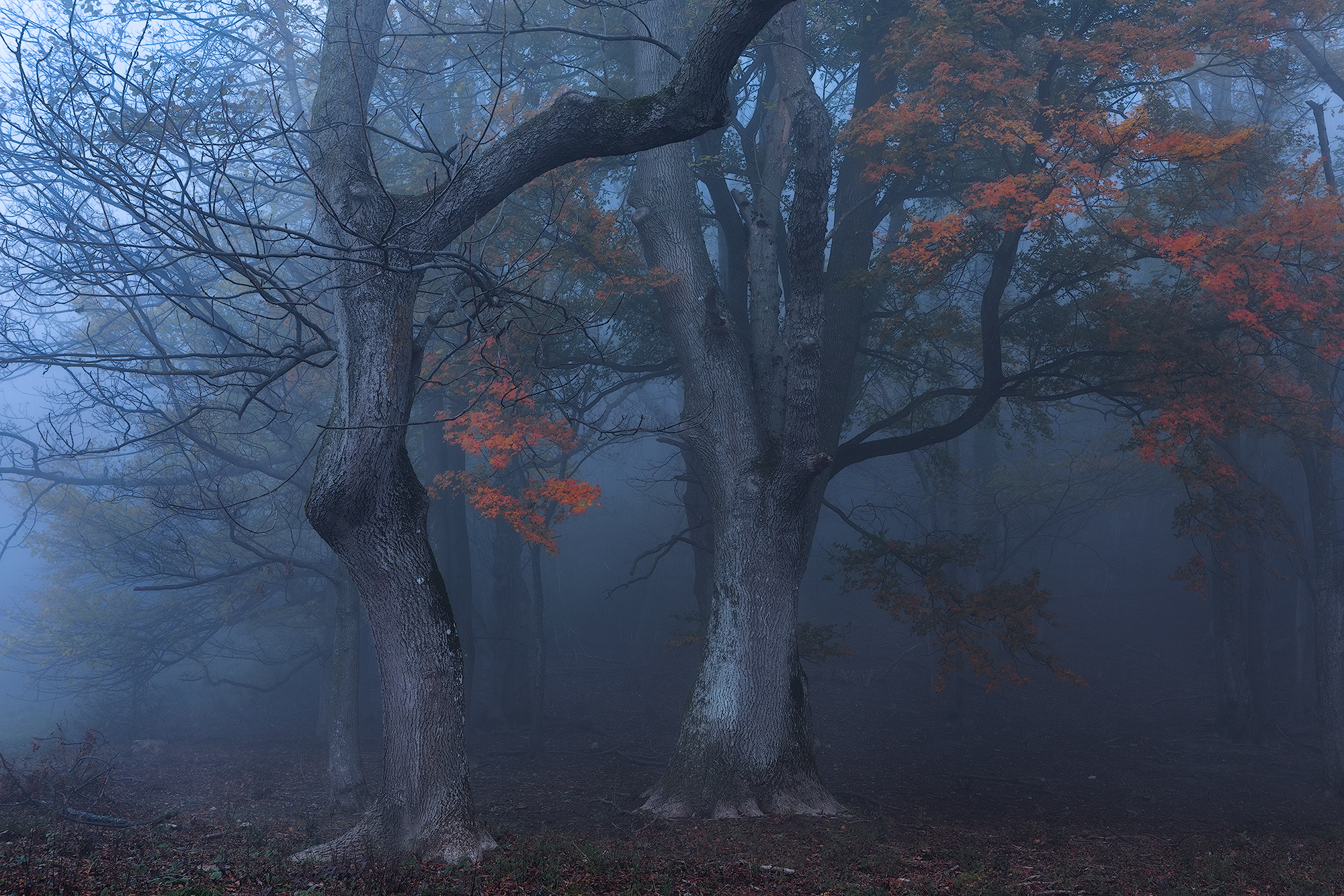
1. What was your path to become a photographer?
The path is more or less the same for everybody. At some point you hold a camera in your hand and then things start to evolve; faster, or – as in my case – painfully slow. What I find more interesting about this question is that it implies I see myself as a photographer. Do I? I need to think about that. I don’t earn my money from photography and unfortunately very little of my time is devoted to it. But even when I don’t hold the camera in my hand, photography is always in some form at the back of my head. It is definitely much more than a leisure activity, as it plays a definitory, essential part in my life. A most rewarding one too. Sometimes I think at what the great British opera singer Kathleen Ferrier (1912-1953) said: “It is not enough to be devoted, you need to be possessed”. Indeed, my thoughts permanently gravitate around some aspects of photography and my photographic plans sometimes involve the support of the whole family (parents and in-laws also). I came to it via mountaineering and climbing, and at some point, I had to accept that pursuing both made real progress impossible, not when weekends and short holidays were all I had. So, I had to choose.
2. Do you prefer to photograph close to home or do you find faraway places more inspiring? Are there any special places that inspire you the most to create new work?
Photographing in the nearby surroundings is a great way to practise. With little investment I can educate my eye, I learn to observe and see beyond the obvious. And once back home I can use the output from the field to improve my processing skills at the computer. I played the piano for 20 years (before I decided at 28 to take another path) and know how important intensive, disciplined practice is. You don’t get anywhere without it. And many of the photographs in my gallery “Trees World” come actually from these very wooded hills, some 40km from where we live.
But I like also the spectacular landscapes and most of all I need the alpine landscape, this is where I feel at home. I don’t need to “conquer” the peaks, I just need to be there, and when I am back at home, looking at the photos I took up there helps bridge the time, till I have the next chance to go again.
3. Are you a meticulous pre-planer or do you prefer creating images spontaneously? Do you revisit your favourite places many times to achieve the required result? Can you tell us more about your method of working?
Photographically speaking, I don’t plan anything anymore. I learned to deal with what I get and to make the best of it. This is also a good way to cope with frustration when things don’t work the way I wanted. I was aching – and still am – for alpenglow, but the most interesting photos in my portfolio are in dull light. I once set out for a glorious sunset and come home with a series (also here at TQ) of frozen burdock leaves. I want to use more the wide-angle lens, but then the 70-200mm is the one mostly mounted on the camera.
I am however a very meticulous planer when it comes to the overall logistic. On holiday and sometimes at the weekend ,my husband and I go with our son to the mountains. It is then to me to find the common denominator so that everybody is happy: beautiful vistas for me, some alpine challenge for my husband and tolerant terrain for our son. He stood on his first peak at almost 2,900 m.a.s.l. before his first birthday and we started wild camping and long hikes when he was three. Now, these are things I do need to plan very well and I invest into it a lot of energy and time. This effort is one of the reasons I prefer to go repeatedly to the same places and then explore each time a bit more, starting from what I already now.
I also keep away from iconic places. I don’t intent to ever go to Iceland or Norway (at least not where everybody is going), I avoid the famous places in the Dolomites and what I mostly dislike are photographs (quite beautiful, no doubt) made from the parking place. Of course, this doesn’t apply to the surrounding woods near to where I live – they are so small, they are practically all of them next to a parking place. But when it comes to our alpine endeavours, the longer the hike and the greater the solitude the better I feel.

4. Terra Quantum displays themes and series portfolios; do you like working to the project/series/theme or find creating individual images more rewarding?
I often try to think in terms of small series or projects and maybe at some point I will manage to realize some of my intentions, but for the time being individual images are the main focus.
5. Can you tell us a bit more about one chosen photograph – what is the story behind it, when/why/how it was created?
In July 2021 we had quite an adventure, in Queyras, where we set the tent at 2,800, not far away from a lake. We were with our son. We checked three different weather forecasts: one predicted beautiful, stable weather, the second one, chances for some light rain in the afternoon, the third one -a chance of a short summer thunderstorm in the afternoon. The afternoon came and went uneventfully; at the sunset, I set out to a nearby peak to take some photos. From there, I saw what looked like dark clouds some 40-50km away from us, where Barre des Ecrins and La Meije are. I started climbing down and sure enough, lightning followed in the distance. I could only hope the thunderstorm would consume itself over La Meije before it reached us, as it was too late to go down to the nearest hut (it was almost 9,00 o’clock PM) and I wasn’t even at the tent. On the way there, I saw these flowers – they were so lively and cheerful in that rocky, barren environment, with the dark clouds already above me – that I wanted to take a photo of them. They were like the hope I felt that nothing will happen to us, while the landscape (which I cooled down a little in the post-processing to enhance the menace and danger I felt) looked by then really threatening. Back at the tent, we removed all metal and placed it under stones, 100 yards from the tent. At 10,00 o’clock the thunderstorm was upon us. We noticed, how the time between lightning and thunder got ever shorter. At the height of the storm – which took ca. one hour – there were no more than 2-3 seconds. We put the hiking boots on and crouched down on the sleeping bags. My son covered his eyes and said, he wanted the lightnings to stop. But he was very brave, he didn’t cry. When the time between lightning and thunder started to increase again, I felt a huge relief. It kept raining for quite a while, but the thunderstorm was moving away.
This photo was then selected in the LensWork 2021 anthology “Our Beautiful Planet”.
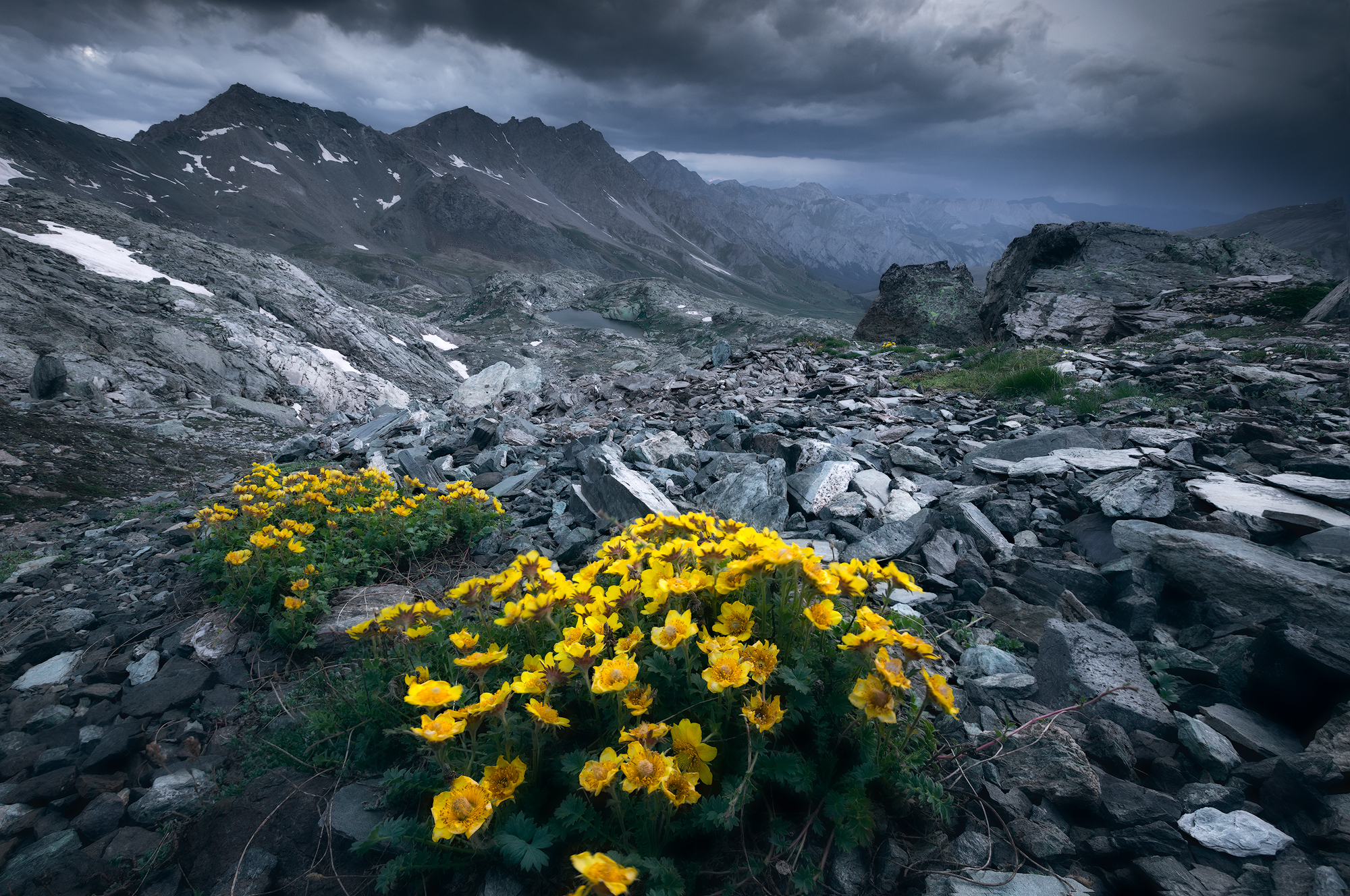
6. Colour, b&w or both? How do you decide about the elimination or inclusion of colour and why. When do you decide about it - in the field or during the post processing?
At times I try – either in the field or during the post-processing – to create a B&W photo. But I am very rarely pleased with the result (despite that I had a darkroom during my years at the music university and spent half of the nights making prints from my father’s films). So, eventually I drop it. Maybe I should try more as I surely miss having BW photographs in my portfolio.
It is the same also with high-key processing. I always wished to make more pastel like, high-key pictures. In the end, the more I try the darker they get. Mind you, I am a drama queen, through and through. 😊
Interesting enough, where the post-processing leads are dictated by the music I listen to, it has an effect on me. I mostly listen classical music and sometimes also my jazz favourites like Gerry Mulligan, or Chet Baker.
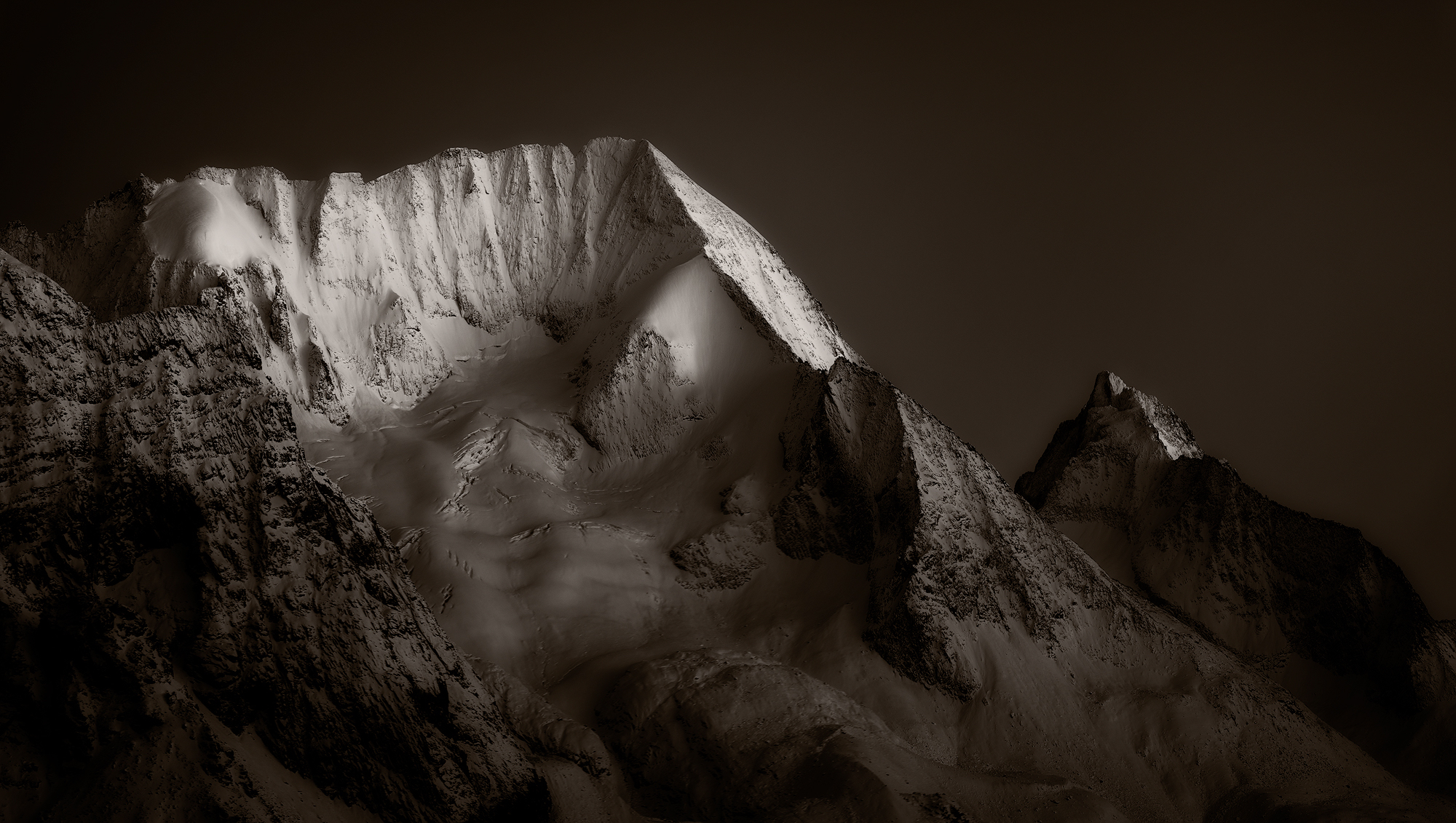
7. Do you find printing your images yourself as an integral part of image creation or do you use professional labs? How important is the choice of paper for you?
I use professional labs. In the past, I tried different kinds of papers and at some point, I settled at Hahnemühle Photo Rag. I don’t think it works for all situations, but from all I tried, I liked this one most. I am however just scratching the surface of this vast field and I hope at some point I shall be able to understand more.
8. Do you think that social media is killing photography or playing an important role in promoting your work? How involved are you in your online presence?
I see social media as a huge, noisy agora. There is place for everybody, but it is also tiresome. I have accounts on Facebook and Instagram, and I am quite active, but I keep a low profile on both. I like to interact with photographers whose work I find interesting and who also might find my work interesting. If I think some mutual interest is not possible (as it is the case with very well-known photographers with many followers) then I don’t even send a request. And I am very selective too when it comes to accepting friendship requests. I don’t aim to build a huge number of followers and since I am not a professional, I am not under the pressure to do so.
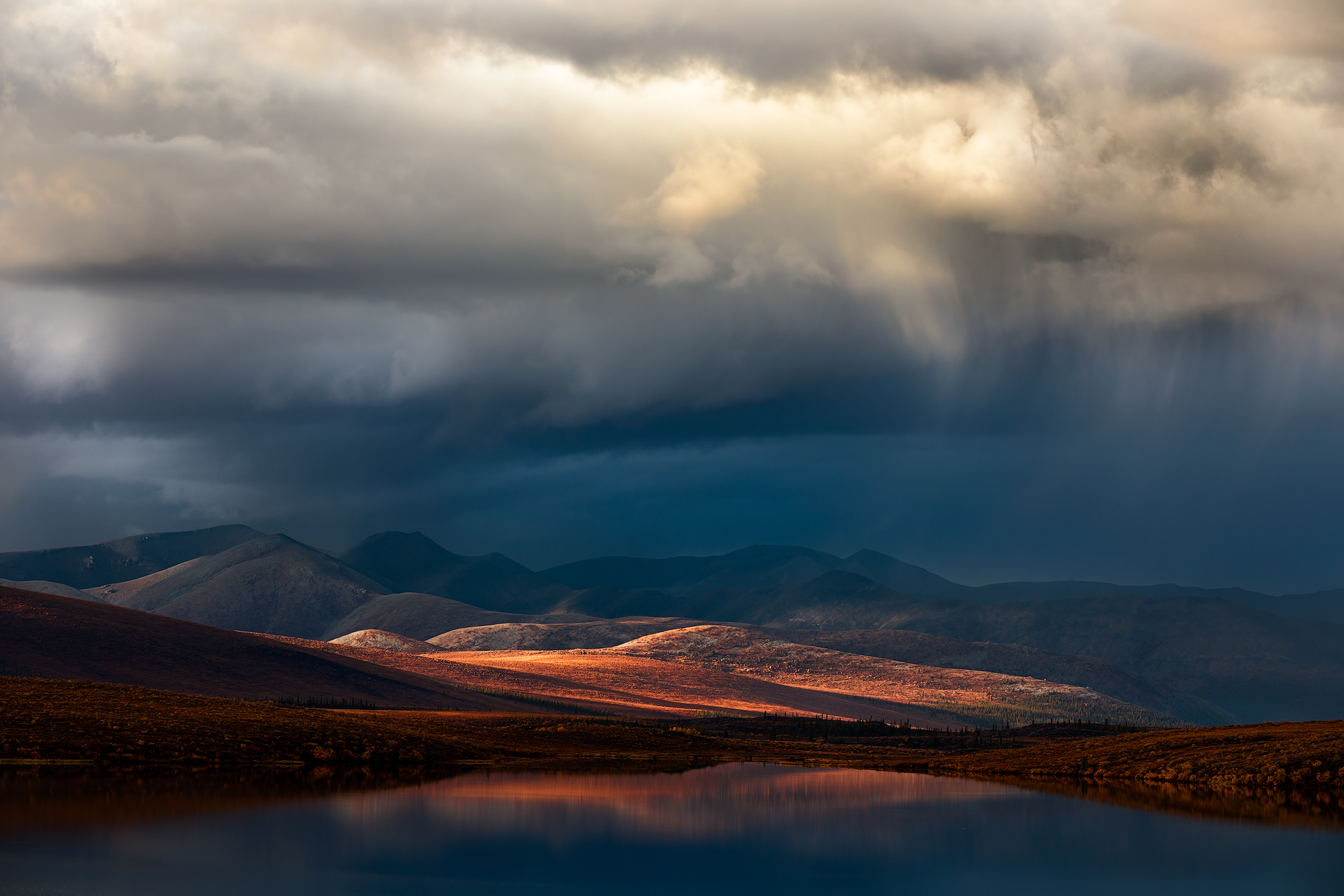
9. Do you have any plans for exhibitions, books or any interesting projects coming? Can you tell us a bit more about your artistic plans for the next couple of years?
I said at the very beginning, that my path to photography was very slow. My portfolio started to get some consistency only in 2018, though I started photographing much earlier than that. I made some while ago a simple calculation: at the actual rate of adding to my portfolio material I am pleased with, I need maybe 7 years to gather enough for a book. Well, good luck with that! I do have some ideas of projects and series – but the occasion never arose to even start. And I also must add, I am doing a lousy job at promoting my photos. I rather prefer to invest the limited resources I have in improving my photography before I can think of ways to promote it. And with “limited resources” I don’t mean only the lack of time, but also the permanent fight against weariness and low mood. So, just improving my photography and enhancing its expressivity would be my aim for the next years. Then, we will see.
10. We are living on the most beautiful planet, yet it is over-burdened and over-polluted. As photography is an influential medium, do you use the power of your photographs to promote our Earth appreciation and environmental awareness? Any thoughts how photographers in general can become more involved in this important matter?
I cannot speak for other photographers. We are all experts in telling other people what they should do, and I prefer to restrain from that. Where the “power of my photographs” is concerned, well, I don’t know about that, but my social reach is anyway small. I try to take decisions that can reduce somehow the impact I have on the environment: for instance, I don’t have a drone because I think it might disturb the fauna or other people who, like me, want to enjoy a bit of peaceful silence. I don’t fly much, the last time I flew was 2019. I try to squeeze like a lemon the potential of my surroundings instead of driving each weekend hundreds of km (well, it is my luck to have the surroundings I have, though they miss many nature elements I would like to photograph). I never disclose my locations. And I take extreme care not to destroy fragile vegetation when I am in the Alps in the summer.
Caterina is a hobby photographer based in Southern Germany and working as a label manager in the classical music industry. She started playing the piano at 5 and for twenty years that was her profession. In 2002 she received a scholarship at the Music University of Stuttgart, but in 2006 she abruptly decided to give up the profession of piano playing. It took some two and half more years to find her way in a new profession (that of cultural management) which then brought with it what she hadn’t had before in her entire life: free time to use it the way she chooses it. She invested that time in mountaineering with the aim to make photographic documentation of her mountain tours. At some point, photography got the upper hand. It took however some more years till her photographic skills made a substantial leap in quality.
